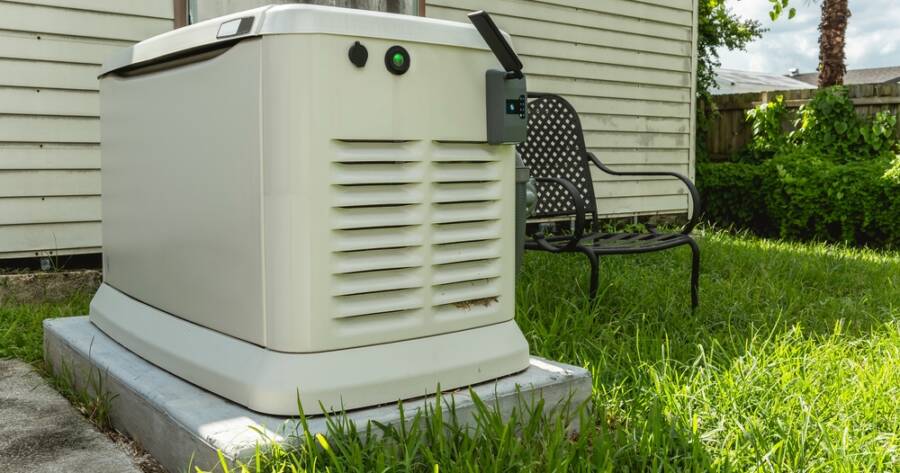Emergency generators are crucial tools in mitigating the disruptions caused by unexpected power outages, especially in critical environments like healthcare facilities. Understanding their key features, including regulatory compliance, fuel options, and technological advancements, is vital for choosing the right generator. Whether it’s ensuring hospital operations or protecting homes, these generators offer reliable solutions.
Understanding Key Features of Emergency Generators
In today’s world, where power outages due to natural disasters or utility failures are not uncommon, emergency power generators play a vital role in maintaining continuity. These devices are particularly indispensable in settings such as healthcare facilities, where continuous power is essential to ensure the safety and wellbeing of patients and the functioning of critical systems.
Notably, emergency generators in healthcare settings must comply with regulations such as the NFPA 110 standards, which mandate rapid power restoration within 10 seconds to vital parts of the facility. In addition to hospitals, standby generators serve essential roles in residences, offering homeowners a lifeline during extended outages that could otherwise lead to food spoilage and potential property damage, like water issues due to non-operational sump pumps.
Choosing the Right Generator
When selecting an emergency generator, understanding the capabilities and classifications of different types is crucial. Generators are available in various ratings such as Emergency Standby Power, Limited-Time Running Power, and Prime Power. These ratings define the generator’s operational duration and suitability for different environments.
For instance, ESP-rated generators are essential for facilities tied to the utility power grid, ensuring operational continuity during outages. For household use, the capacity should align with the wattage requirements of essential appliances, ensuring sufficient power during an outage according to Generator Source.
Fuel Options and Considerations
Fuel type is a significant factor in selecting an emergency generator. Common choices include natural gas, diesel, and propane. Each fuel type offers distinct advantages. Natural gas is increasingly favored for its availability and clean-burning properties, making it a reliable choice for extended power outages without the need for frequent refueling.
Propane, on the other hand, is valued for its long shelf life and environmentally friendly combustion, making it ideal for standby situations. Diesel offers robust power output and is efficient for higher demand scenarios, although it requires proper storage and handling to maintain its effectiveness over time as noted by Illuminations Lighting.
Technological Advancements and Features
Modern emergency generators come equipped with advanced technologies that enhance reliability and ease of use. One prominent feature is automatic transfer switches, which enable seamless switching to backup power during outages without manual intervention, a critical function for both homes and businesses with sensitive equipment.
Further advancements include remote monitoring capabilities that allow users to oversee generator performance, even from afar, through devices such as smartphones and computers. This feature ensures that owners can stay informed about generator health and any maintenance needs per Oak Electric. Emergency generators also incorporate Automatic Voltage Regulation and surge protection to safeguard against fluctuations and surges, which can harm sensitive electronics according to Illuminations Lighting.
Why You Should Learn More About Emergency Generators Today
Understanding the significance of emergency generators and selecting the right one is crucial for protecting homes and businesses from the challenges posed by unexpected power outages. Whether it’s ensuring hospital operations during an emergency or maintaining household peace of mind, these generators fulfill vital roles with their advanced features and varied fuel options.
Learning about the different types, features, and technological advancements can greatly enhance decision-making and ensure preparedness for future power challenges. By exploring these options now, users can ensure critical systems remain operational when they are needed most.




